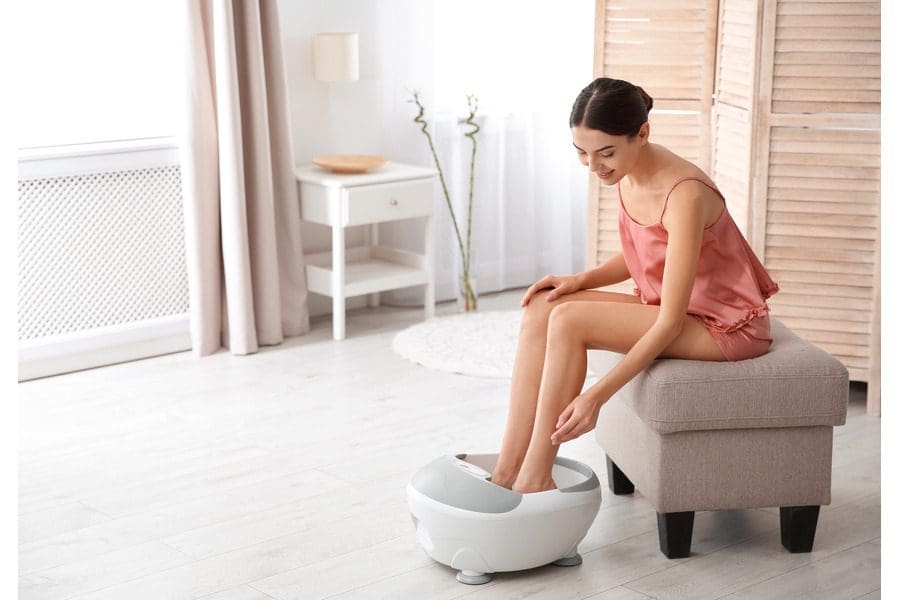Ingrown toenails are exactly what they sound like – part of your toenail growing into your skin. They are often the result of cutting the nail in a C-like fashion, tapering around the corners instead of clipping straight across. Luckily, most of the time, ingrown toenails can be treated at home. Here are a few tips and tricks to heal them ASAP.
Soak the Affected Area
Soaking any body part in warm water can reduce inflammation and irritation; the same goes for an ingrown toenail. Soak your feet in warm water with Epsom salts for 20 minutes twice a day, and you should see some improvement. Be sure to thoroughly dry your foot after removing it from the water.
Be Mindful of the Shoes You Wear
Ingrown toenails prosper in cramped environments. That’s why wearing tight, closed-toe shoes can aggravate the area. Instead, wear sandals, flip-flops, or other open-toed shoes for optimum healing. If you can’t because of weather or work-related circumstances, switch shoes as soon as you get home.
Apply an Antiseptic Ointment
In the case of an ingrown toenail, antiseptic ointments or creams such as Neosporin, Polysporin, or Bactroban can promote healing and reduce the risk of infection. Tip: Placing a light bandage over the affected area after applying the ointment will increase the benefits.
Do Not Repeatedly Cut the Toenail
Some people may think that if they repeatedly cut their infected toenails, the problem will go away. But in fact, that can make the problem worse. It’s better to leave the toenail alone, do some home remedies once or twice a day, and seek medical help if applicable.
Get Your Healthcare Provider to Lift the Nail
Many ingrown nails heal with at-home treatment. However, if the nail has grown past the point of irritation and is now causing pain, you may want to visit your doctor, who can lift the toenail and place a piece of cotton underneath. This acts as a separation barrier, allowing the nail to maintain its distance from the irritated skin. In time (2-12 weeks), it will heal, and the nail should grow normally post treatment.






